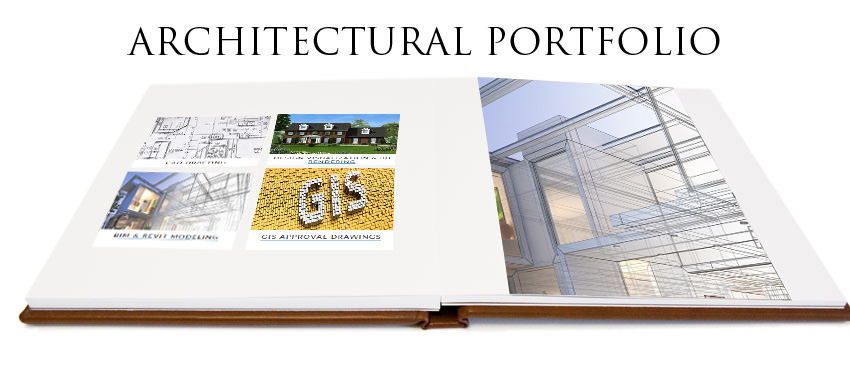
The architectural portfolio is the best apparatus for an expert architect to present themselves and their work to potential employers or clients. There are some golden rules for sorting out your work, display your abilities and emerge from the jam in the demanding field of architecture.
When preparing an architecture portfolio for a prospective employee meeting or a pitch meeting with an imminent client, your portfolio assumes a key role in recounting your story and showing why you are the best decision for that opportunity.
Always remember that the architecture portfolio is the impression of your sensibilities, your demeanor and your perspective of the world, so simply act naturally and follow some easy tips to receive the best in return.
- Online Portfolio or Paper
There seems an even split between inclination for a printed copy portfolio and a digital one. There are infinite ways to orchestrate drawings in the portfolio depending from project to project.
When making a portfolio for the web, make plates that function admirably with the aspect ratio of the screen like 4:3 or 16:9.
Normally 1920 * 1080 at 72 dpi is a good resolution for the most gadgets. Simply ensure that your record size is close to 5MB so it can be easily sent with every mail service.
Although making the architecture portfolio on an online layout can be substantially less demanding and quick, paper can also be the good alternative to opt.
For a print adaptation, adhere to a standard print size ranging from A5 to A3 sheets. When making a portfolio to print, consider spreads rather than an individual page. you ought to decide whether an area is sufficient to be spread over two sheets, or it’s better to stick to smaller slices.
2. Audience Overview:
The primary question you ought to ask yourself before arranging your portfolio is “who is your audience?” Whether it is to fascinate a potential business or to push you towards a higher academic degree.
Hence, highlight the undertakings that are more applicable to the particular opportunity and concentrate on the field of their projects (such as landscape architecture, residence design, internal design). Demonstrate to them that you have totally understood the role you have to follow.
Additionally, bring to the table a crisp and inventive idea on architecture and design. A good strategy is to demonstrate the work that you consider your best.
3. Story Telling
The way in which you sequence your ventures in your portfolio you should try to tell a unique story. Talk through your projects, identity, how well you convey plan, what truly matters to them.
Each portfolio ought to have a special cover and a presentation page. The introduction ought to be compact, and right around a small CV, that doesn’t take a lot of page space, yet establishes a decent foundation to your experience and capabilities.
Pause for a minute and select up to 8-10 projects that reflect the best of your work and attitudes.
You can consider categories such as Architecture design, Urban scale, Digital fabrication, Products/furniture, Research, Collaborative projects/group work, Realized projects, Interiors or discover your own categories to highlight in your CV. So, make a wise choice
4. Virtual and Simple
Ideally, your venture depiction ought not to be larger than the Twitter characters (i.e. 140 characters)
Keep your architecture portfolio as basic and short as could be allowed. Long introductions and writings tend to debilitate and befuddle the reader and distract them from the main purpose. Hence, make a concise picture of your identity and skills in a brief span.
Focus on points of interest; include essential facts like name, scale, clients, teammates, site subtle elements, plan issue, process and solution, utilizing minimal content with pertinent pictures in high quality, process sketches, and diagrams.
Abstain from spelling mistakes and ensure typeface/font style you picked is suitable to the medium of your portfolio.
